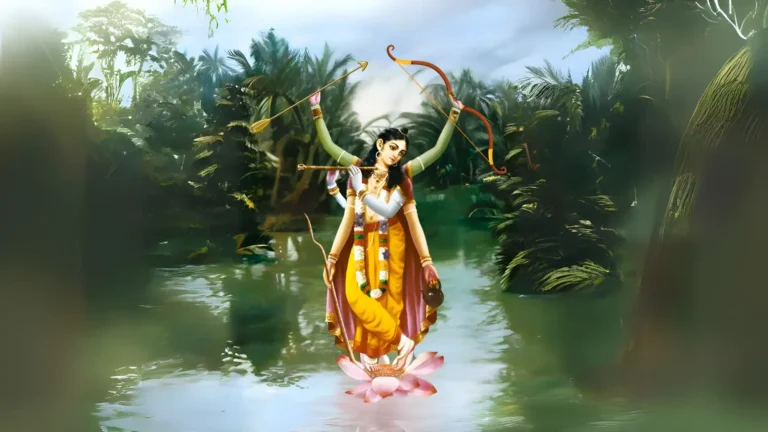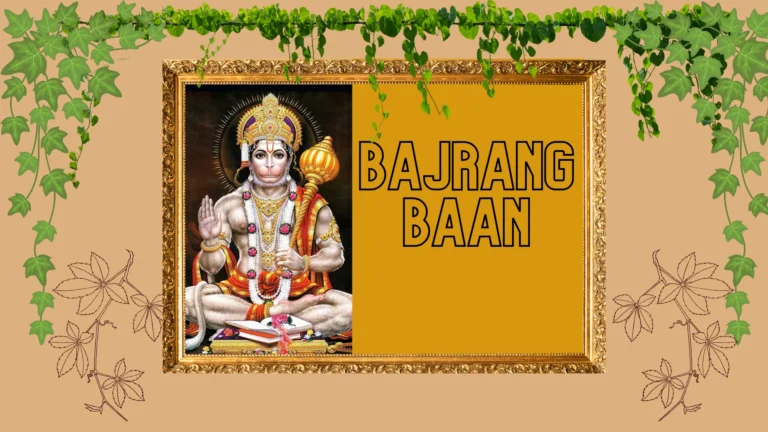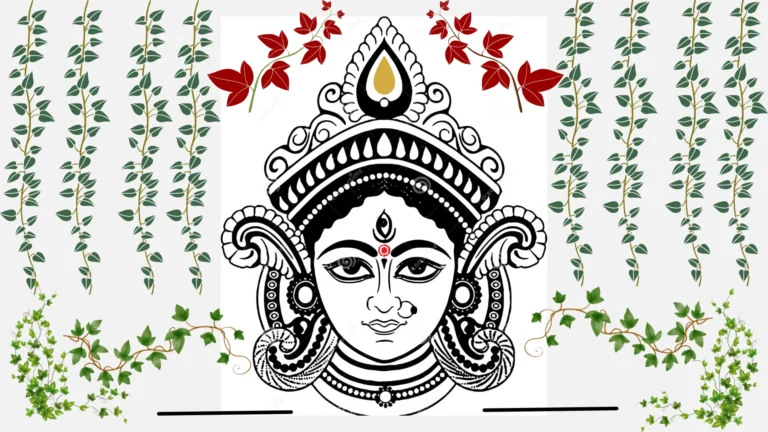Please Like the Blog and Share it for Maximum Reach
Table of Contents
Lord Rama: Festivals are highly Symbolic
We celebrate Deepawali (Diwali) as the festival of lights, following the return of Lord Rama from Lanka. Often, we forget the significance of this great festival.
Deepawali, although celebrated by lighting lamps, has inner connotations. Many times we celebrate festivals but discount the symbolism and the mood of such festivals.
We forget the intention and purpose of a festival and merely carry out the rituals associated with the festival. When this happens, we naturally drift away from the great morals that are behind the celebrations.
Lord Rama: Navaratri Dussehra and Diwali
The festivals of Dussera and Deepawali (Diwali) occur during autumn (in India). Within a fortnight of the passing of Dussera, we celebrate Deepawali.
9 days prior to Dussera, we celebrate Navaratri, the 9-day fasting festival. Men and women fast during those 9 days, rejuvenating the entire body system.
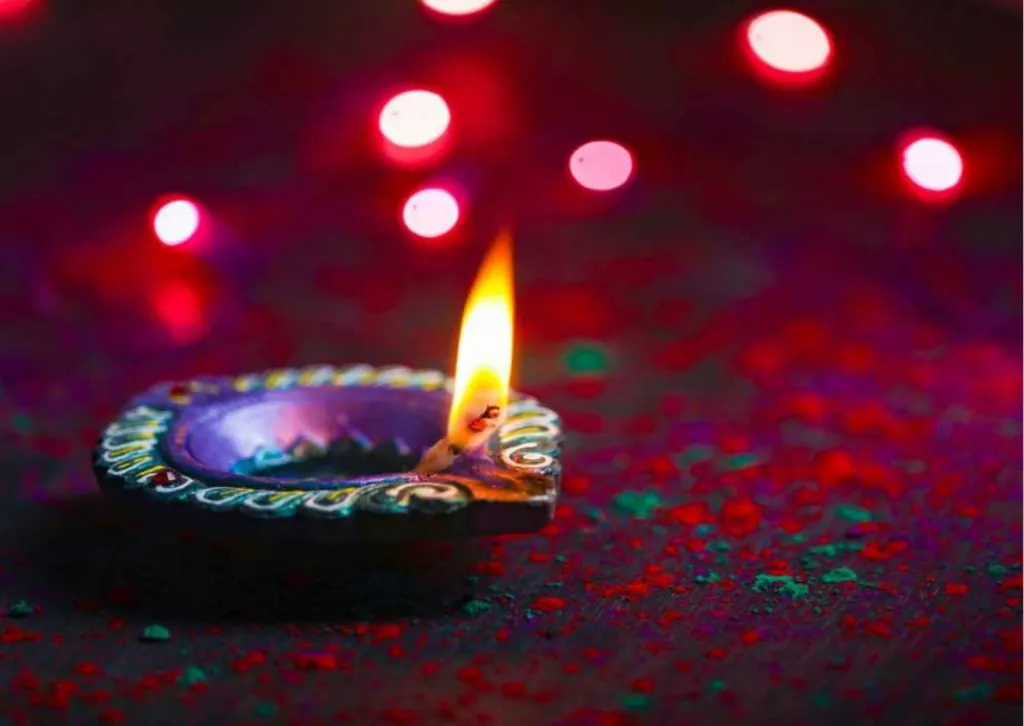
On the 10th day of Navaratri, Dussera occurs and within a fortnight of Dussera, Deepawali arrives. Why am I talking about these 3 festivals as a prelude to the topic of Deepawali, we need to understand deeply.
Unless we understand Navaratri and Dussera, we cannot appreciate
Lord Rama: Our Current Life is not in line with Diwali
Deepawali represents the culmination of human endeavor, the final victory drum that celebrates “good over evil”. We have heard this “Good over evil” phrase over and over again but we do not quite understand it too well.
Why?
We see people buying out Truth and carrying out evil deeds without relent.
We see the rich usurping the rights of the poor and we see so-called VIPs trampling over the sustenance of the common man.
What good are we talking about? We should try to delve deeper into the festival of Deepawali to understand this. Only then can we draw some meaning into ourselves.
Lord Rama: Significance of Navaratri
Devi Parashakti (Mother Durga) undertook severe penance for 9 days, before slaying Raktabeeja, Shumba, and Nishumba. Mother Durga represents infinite power and she does not have to undertake any penance in order to slay demons.
But why did she undertake tapas anyway?
She wanted to set an example to man, that, in order to undertake a daunting task, one has to stay single-minded and focused. Unless we sacrifice ourselves for a higher cause, we cannot enrich our souls, by giving ourselves into our lower tendencies.
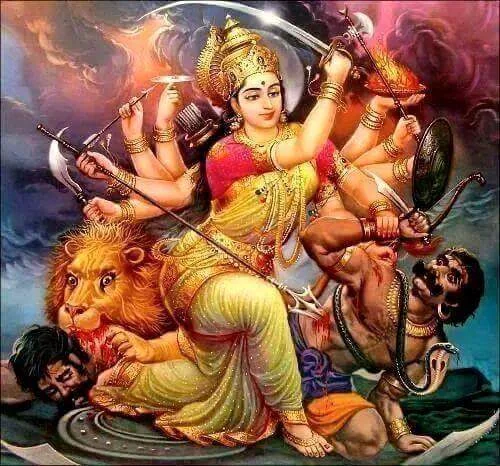
Raktabeeja, Shumba, and Nishumba exist within our bodies.
Raktabeeja is interesting. With every drop of his blood, new demons with the same evil characteristics are reproduced. We try to fix one evil within ourselves.
But without inner discipline, many other evil tendencies pop out of us.
Such is our distorted human nature. We are a storehouse of evil tendencies that provoke us to become haters and criminals in smaller or bigger ways.
Sadhana And Intention: The Main Key
Unless sadhana becomes our objective, our single-pointed objective, we can never succeed. Unless we direct our intention towards our own highest good as well as for the good of the world, we can never attempt any sadhana.
We should understand that intention and sadhana form the basis of sacrifice. Sacrifice alone qualifies as the pre-requisite for complete victory over our lower tendencies.
Devi Parashakti established the rudiments of sadhana during those 9 days of Navaratri (9 nights). Navaratri thus represents sincerity of purpose and pursuing Truth in the form of sadhana.
Test your Alignment with the Spiritual Subject Matter (only 7 Questions)
The scores generated in this Quiz are relative. There are no right or wrong answers. A percentage towards 100 indicates that you are more aligned to the overall subject matter.
Goal of Sadhana
Sadhana and intention combine to result in inner purification. Inner purification symbolizes peace and prosperity of the highest kind.
Material wealth just represents a tiny portion of overall prosperity. This, one must realize.
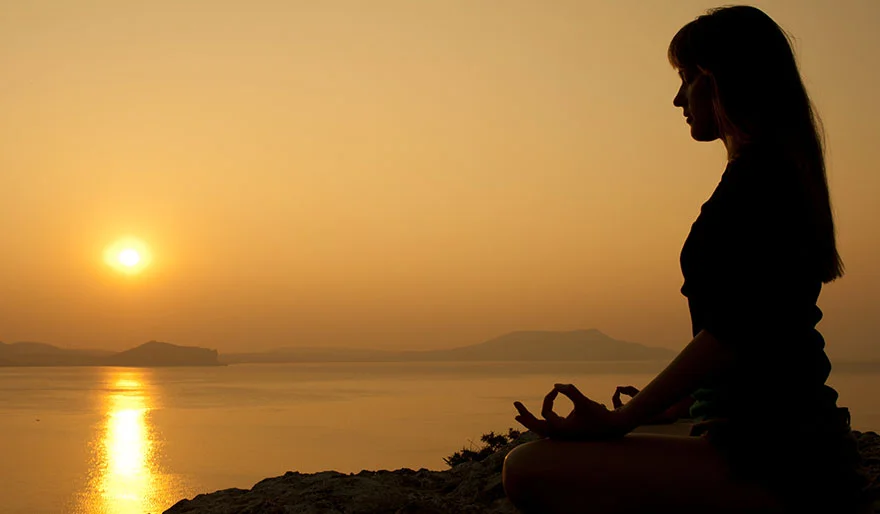
Lord Rama and Navaratri
Sri Rama took up 9 days of fasting during Navaratri in the month of Ashwin.
Ashwin month falls between the period of September 23 and October 22, following the Gregorian calendar. Only following the process of intense sadhana for 9 days, he entered into war with the demon king Ravana.
Sri Rama represents the highest human ideals. When a man of total inner integrity takes up sadhana, he becomes impregnable.
This does not mean that he can transcend difficulties in a jiffy. He still has to put up a formidable fight with external nature and the Mind (Maya). However, his sadhana supports and guides him.
Significance of Dussehra
Sri Rama, the Lord in human form, defeated Ravana and slew him on the Dussehra day. This day follows the 9 days of Navaratri.
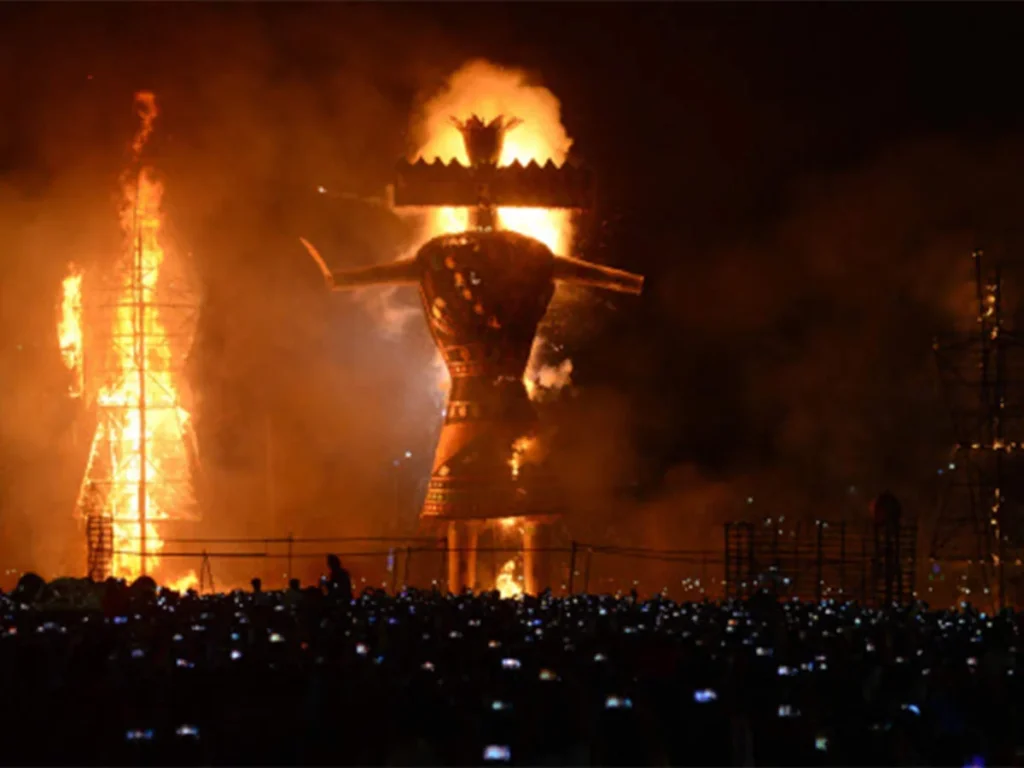
When one carries out sadhana in the spirit of destroying one’s inner enemies, he finds success. He shall then easily slay the six vices and the 4 limitations of the human senses.
The six vices are Lust, Anger, Greed, Self-Pride, Bodily Attachment, and Envy.
Lord Rama: Dussehra and the 10 heads of evil
The 4 defects of the senses are the tendency to cheat, the tendency to exaggerate, the tendency to commit mistakes and errors, and the tendency to lie. These 10 vices represent the 10 heads of Ravana.
Dussehra represents the slaying of this 10 headed demon. Dussehra represents the end of evil.
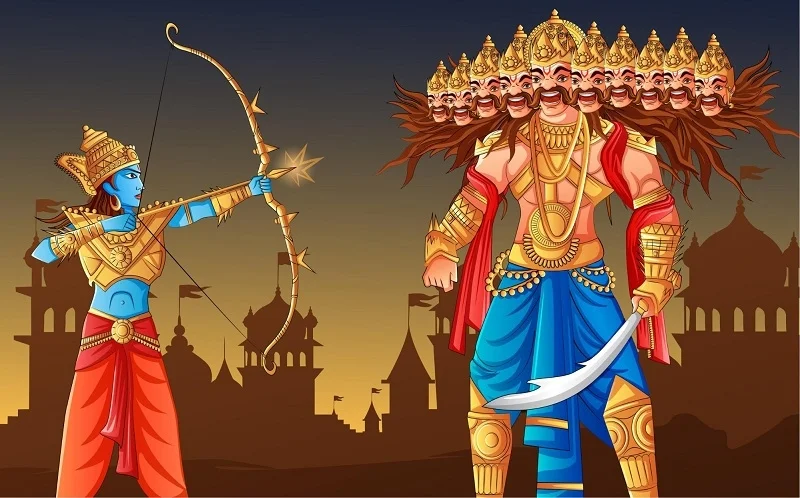
But yet, the highest remains to be attained. Two goals represent the end of all human effort. They are the end of the evil (sorrow) and attainment of bliss (Self-Realization).
Dussehra (slaying the 10 headed monster within) ends sorrow and represents the attainment of one goal.
Lord Rama: Diwali represents Self-Realization
Diwali or Deepawali symbolizes Self-Realization or the attainment of eternal peace and rest. Only with the rooting out of sorrow shall there be a scope of attaining permanent or eternal happiness.
Ayodhya stands for our existence, a city that has banished the fountainhead of bliss, Sri Rama. Ayodhya gropes in the dark because the light of Sri Rama is missing.
Gloom oversees the city in the absence of Sri Rama. Sri Bharath had sacrificed the throne and simply played the role of a nation caretaker.
He lived the life of a thorough mendicant and deputed for Sri Rama. His eyes await the Lord.
Dussera has just been celebrated, and Sri Rama is about to return to Ayodhya.
The Return of Lord Rama
As the Supreme Being Sri Rama makes his way to Ayodhya after slaying Ravana, the city of Ayodhya lights up. Every house adorns itself with the dazzling lights of millions of mud-lamps awaiting their dear Lord.
The heart is full of love. When the Lord arrives at Ayodhya; that marks the auspicious moment of Deepawali, the festival of lights.
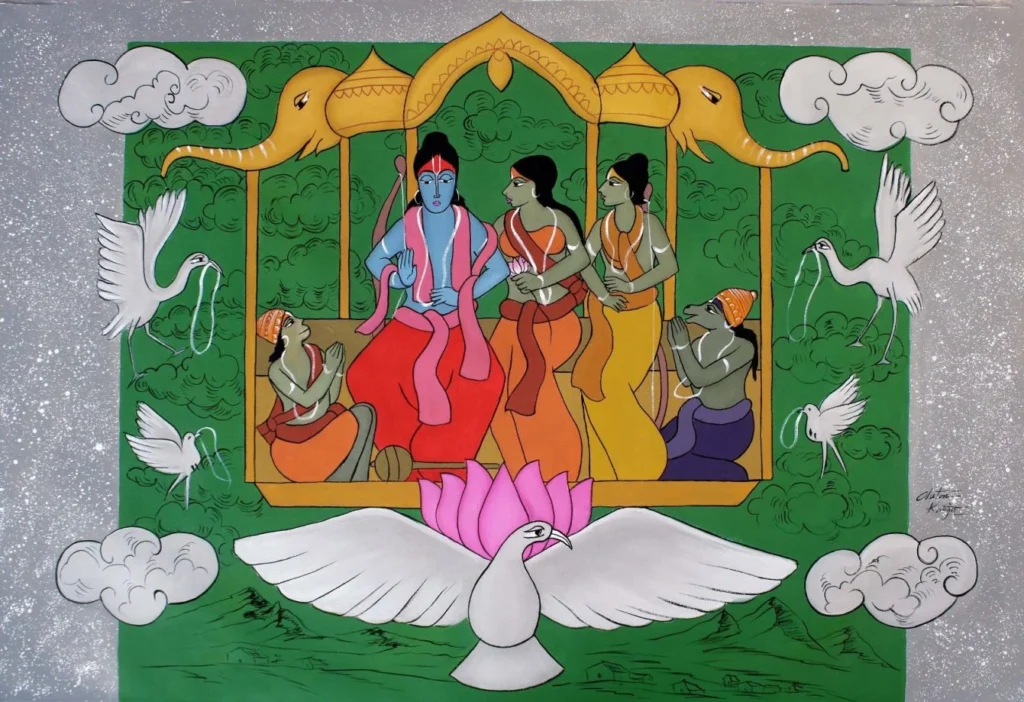
When sorrows end, when vices are removed, you do not have to do anything after that. You just wait in anticipation of the Lord. He shall come, The Lord has to come. He has no option.
Opening up of Spiritual Vision
When our vices are rooted out, when we stop believing the misinformation of the senses, our vision opens up. We can see the Lord arriving in our hearts with the spiritual vision that sadhana and Grace have granted us.
Only then can true celebration happen. Before that, everything else is just groping in utter darkness.
Please Like the Blog and Share it for Maximum Reach



